What Is a Ball Valve?
A ball valve is a quarter turn shut-off valve that controls the flow of fluids by a rotary ball. The spherical rotary ball consists of a straight bore through it. The pipe is in the open position when the bore is aligned in the same direction as the flow, allowing the fluid to pass through it. When the bore is rotated 90 degree from the flow path, the valve is closed, and the flow is blocked. Ball valves are used in residential and commercial application for its reliable sealing properties and long service life. The image below is an example of a sectional view of a ball valve.
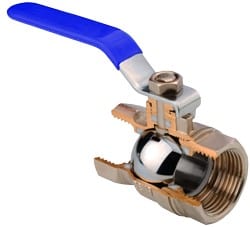
Components Of a Ball Valve
A ball valve is comprised of the following main components:
- Valve stem: The valve stem is a rotary shaft connecting the internal ball to the outside lever which when turned rotates the ball.
- O-ring: The o-ring is used to create a seal between the stem and housing of the valve. NBR (Nitrile rubber) is the most commonly used material for the O-ring.
- Valve housing: The valve housing protects the internal components and has connection points on the inlet/outlets. Brass, stainless steel and PVC are the most commonly used housing materials. The valve housing may be assembled in one-piece, two-piece or three-piece designs.
- One-piece: This is the most inexpensive valve option. In the one-piece design, two parts that enclose the ball are connected by pressing and welding, so they cannot be opened for maintenance. Thus, they are used in less demanding applications.
- Two-piece: The parts in two-piece valves have threaded connections. Thus, they can be disassembled for maintenance purpose. But the valve needs to be removed completely from the pipe to separate the parts for servicing and maintenance purpose.
- Three-piece: The parts in a three-piece valve are generally clamped by a bolt connection. The valve is not required to be removed completely from the pipe for maintenance purpose. This is the most expensive valve design option, but offers the best solution for sanitary applications.
- Rotary ball: The spherical rotary ball with a bore allows or blocks the passing of the media through the pipe. They are usually made of stainless steel, PVC, chrome plated steel or chrome plated brass. The ball design is categorized as floating or trunnion based on their design and support.
- Ball design & support:
- Floating ball design: The valve seats provide support to the ball to accommodate for different temperature applications. This is the most commonly used ball design.
- Trunnion ball design: The ball is supported on the bottom and top to reduce load on the valve seats. This design is used in high quality valves to provide reliable sealing in both high and low-pressure applications.
- Bore design:
- Reduced bore: The bore size of these valves is smaller than the diameter of the inlet/outlet connections. Thus, there is a friction loss in the system. However, the losses are still small in comparison to other valves. Most ball valves use a reduced bore design.
- Full bore: The bore size of these valves is the same size as the diameter of the pipe. Thus, there is no extra friction loss and they are also easy to clean. However, due to its larger diameter, the cost is slightly higher and not required for most application, for which standard reduced bore is sufficient.
- V-shaped bore: The bore in these valves have a V-shaped profile. Thus, a precise flow rate can be achieved by rotating the ball. A linear flow can be achieved by optimizing the profile of the V-shaped bore.
- Valve seats: They act as the seal between the ball and the housing of the valve. The most commonly used material for seats is Teflon, but other synthetic materials or metals can also be used.
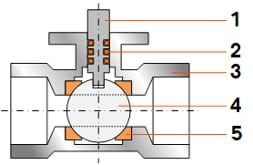
How Does a Ball Valve Work?
As previously mentioned, a ball valve consists of a rotary ball having a bore. The ball is attached with the stem connected to the lever. The valve can be opened and closed by turning the lever in a manually operated valve (it can also be done with an electric or pneumatic actuator). For the flow to pass, the bore should be aligned along the flow of the fluid. To block the flow, the ball can be rotated perpendicular to the flow path.
A ball valve can have 2, 3 or even 4 ports. Most ball valves are 2-way and are manually operated with a lever. In the open position, the lever is in line with the pipe. When in the closed position, the lever is perpendicular to the pipe. There can be a risk of a water hammer in manually operated ball valves due to a fast-flowing media and quickly closing the valve. The 3-way valves have L or T-patterned bore, which can be seen in Figure 3. This pattern helps in achieving different circuit function such as distributing or mixing flows.

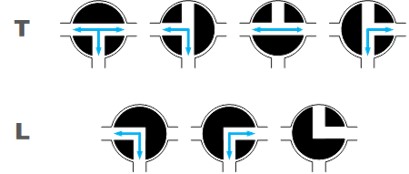
A ball valve is very versatile and can be used in a wide range of industrial applications. They can withstand high temperatures and pressures while offering a long service life at a comparatively lower cost than other valves. However, ball valves are not commonly used as control valves due to its less precise flow control. They can be used in applications that do not require precise flow control accuracy.
Actuation Methods
Ball valves can be manually, electrically or pneumatically actuated. An electric ball valve uses an electric motor, which is used to rotate the ball for opening and closing the valve. Its reducing gear mechanism reduces the opening and closing speed, thus reducing the risk of a water hammer.
A pneumatic ball valve uses a pneumatic actuator, which generates a torque to turn the valve using the pressure of compressed air. Pneumatic actuators are typically used with larger valves for better operation and cost effectiveness.
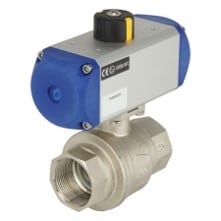
Design Considerations
Ball valves are available in a wide variety of design, materials, temperature and pressure requirements. So, careful considerations should be made while selecting a ball valve for your application.
- Port: Determine if the nature of your application requires 2-way or more ports.
- Actuation method: Depending upon the efficiency and remote operation required for the application, a ball valve can be manually, electrically or pneumatically actuated.
- Bore size: Determine the diameter requirement for your flow. Most common ball valves have a reduced bore design, but a trunnion ball design supports valves with large diameters (>100mm).
- Materials: The material of the valve depends upon the type of media used in the application. Brass can be used with drinking water, gas, oil and air. Stainless steel can be used if the media is of corrosive nature. PVC valve can be used with acids, bases, salts and organic solvents.
- Pressure: Ensure the valve can withstand the maximum pressure required for your application. A high-performance ball valve designed especially for industrial purpose can support the pressure range up to 1000 bar.
- Temperature: Ensure that the valve used can withstand the maximum temperature requirement for your application. A specially designed ball valve may support temperature up to 400°C.
Why Use a Ball Valve?
A ball valve is known for its durability, simplicity, and excellent sealing properties. They provide excellent shutoff even after years of service. This makes a ball valve an excellent choice as a shut off valve. They also provide better resistance to contaminated media than other valves. Ball valves are not commonly used as control valves due to its less precise flow control. However, they are cost effective and can be used in applications that do not require precise flow control accuracy.
Applications
Ball valves are commonly used in drinking water and gas applications.
- Water: The ball valves are used in water applications for flow and pressure control. For drinking water application, the valve must be WRAS, KIWA or DVGW approved.
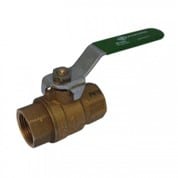
Gas: These ball valves are also used in gaseous application. They are used with natural gases, liquified petroleum gases, manufactured gases and air for industrial and residential purpose.
Where To Buy Ball Valves?
Tameson is your online fluid control specialists and has manual, electric, and pneumatic ball valves in stock available to be ordered through our e-commerce store for quick global delivery. View our website and if you have any questions contact a Tameson specialist today!
Article Author
Charles Kolstad
Marketing Manager, Tameson
Charles is the Marketing Manager for Tameson, the online specialist and ecommerce store for fluid control products. He has his Mechanical Engineering Degree from the University of St. Thomas, Minnesota, USA and can be reached at [email protected]


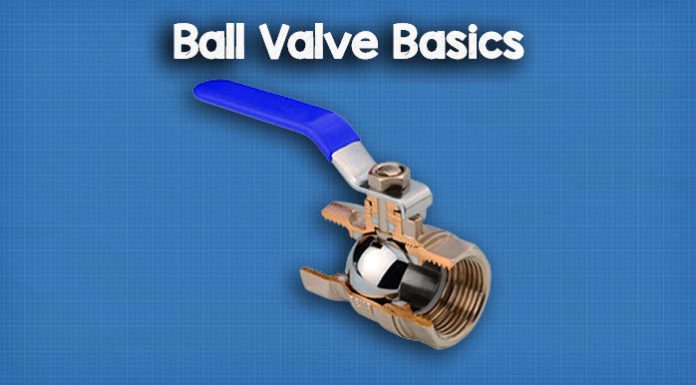



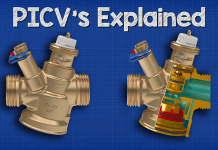
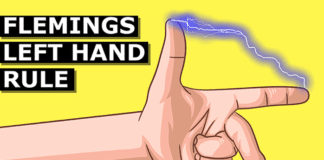
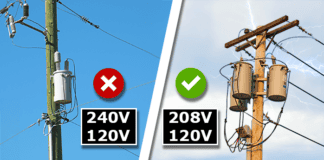

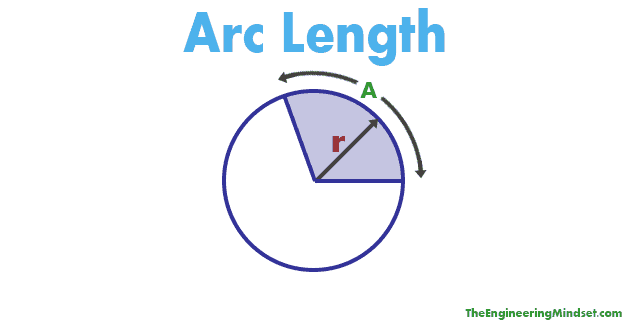
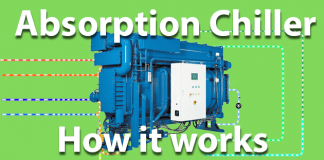
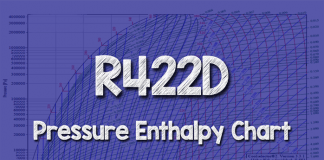








Good article for plant engineers and technologists.
[…] en.wikipedia.org/wiki/Ball_valve– theengineeringmindset.com/the-basics-of-ball-valves-explained/– sciencedirect.com/topics/engineering/ball-valve– […]